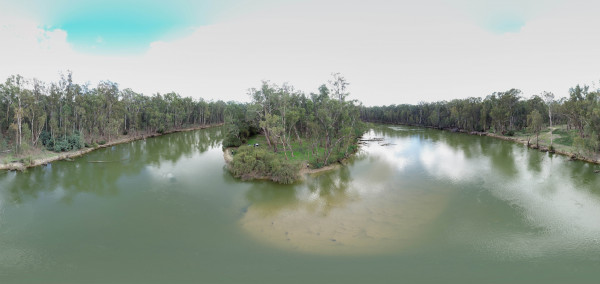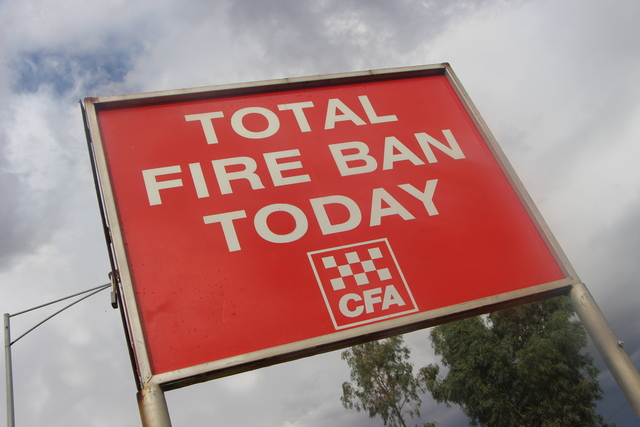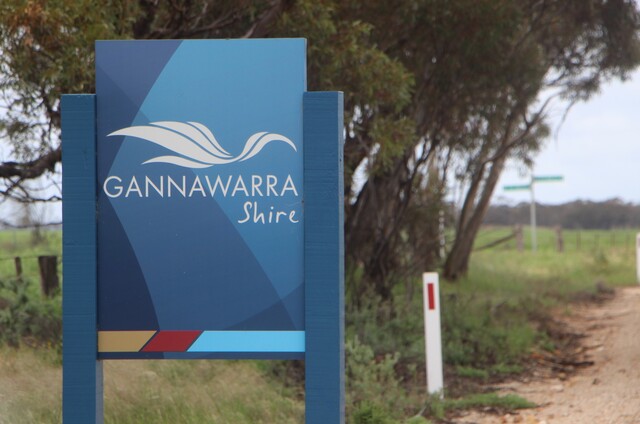REMOVING sediment contributing to the steady accumulation of sand, known as a sand slug, may be the preferred way to improve the flow of water through the narrowest part of the River Murray, a feasibility study has found.
The Barmah-Millewa Feasibility Study stated that initial investigations showed sand removal was the “preferred method” of river management to address flow capacity which has declined by 20 per cent over the last 30 years.
Land clearing, gold mining and river regulation has contributed to an estimated 20 million cubic metres of sand accumulating in the Murray River, which supplies about 4000GL of water entitlement valued at $20 billion.
The study, released by the Murray Darling Basin Authority, said the continued sand accumulation may eventually cause the river to “change its primary course” and identified six options to reinstate historical flows through the Barmah-Millewa Reach, known by some as the Barmah Choke.
While the study is not considering ways to provide additional capacity for water trade from upstream to downstream of the Reach, the options it addressed may, in combination, achieve “full benefits” as river operators attempt to restore historical flows of 11,300GL in the 1980s.
Beside sand removal options, which the study said were currently being investigated, targeted erosion control works were identified as an “interim” measure to “reduce the likelihood of flows spilling out of the river into the surrounding floodplain”.
The study said riverbank remediation works were in development, led by Water Infrastructure NSW, and would concentrate on a 71km section of the Murray River to address the 40 per cent of riverbanks “exhibiting accelerated erosion due to regulated flow patterns”.
The remaining options included shifting the transfer of water to Tar-ru (Lake Victoria) for storage to meet South Australian water entitlements, using existing irrigation channels to deliver bypass flows, infrastructure works to store water and using the Murrumbidgee River to deliver additional water.
Member for Mallee Anne Webster said the declining regulated flows through the Barmah-Millewa section in the Murray-Darling Basin were a ticking time bomb which could result in future water shortfalls for Mallee irrigation communities.
“The Barmah Choke has been an underlying issue for some time for irrigators with the flow capacity of the Murray River having reduced in recent times,” Dr Webster said.
“Having no water available for days or weeks during a heatwave would have a devastating impact on our town and take years to recover from.
“The Coalition raised these concerns with the Murray-Darling Basin Authority early in the previous term of government. We continued to drive the issue, funding $3 million for a feasibility study that is investigating ways to take pressure off the Barmah Choke and minimise the risk of shortfalls downstream.
“I’m pleased to see the incoming government has continued to honour this important work and would urge them to ensure it on the agenda of the upcoming Murray Darling Basin Ministerial Council meeting.
“I would like to see all Lower Murray Irrigators on both sides of the river come together to help find solutions. We can’t afford to see farmers pitted against farmer.”
A final report will be handed to the Murray-Darling Basin Ministerial Council outlining the six options in more detail for the council to decide on preferred actions.







